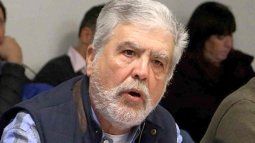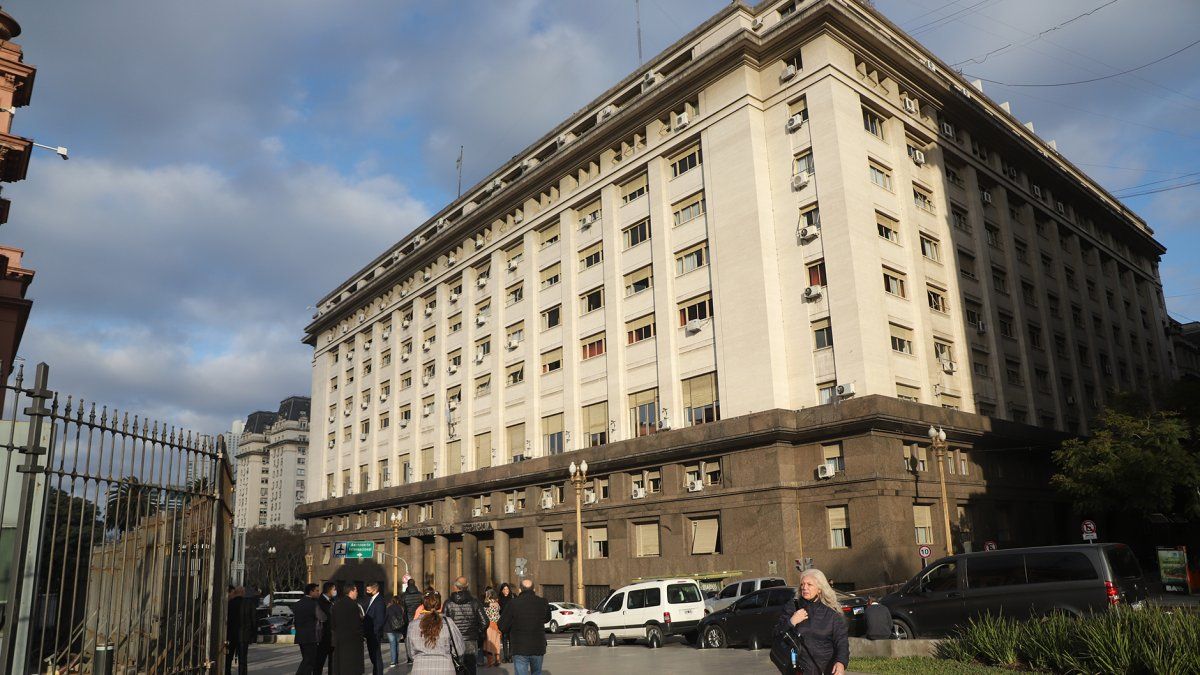This was estimated by the CESO study center. So far, 27% of the budget has been executed. Similarly, last month the cash base deficit would have increased.
Beyond the outcome of the negotiations with the International Monetary Fund (IMF) to reformulate the current program with Argentina, the Government continues trying to accommodate the fiscal numbers. From the point of view of budget executionthe spending of the National Public Administration fell in real terms by 10.7%, which implied a nominal increase of 85%.
The content you want to access is exclusive to subscribers.
The data corresponds to a analysis of the Center for Social and Political Studies Scalabrini Ortiz (CESO), where it is highlighted that in the first four-month period of the year the execution of the budget credits authorized by Congress it reached 27.4% of the forecast for the whole year.


The numbers presented by the CESO correspond to the accrual of the expense, which implies that it is the authorization of the same but not its effective concretion, which is the methodology agreed with the IMF. The so-called “box base” can have other results. Last month the Government took $100,000 million from the Central Bank as a temporary advance, which sets the standard that it was not enough with the funds that it was able to obtain as net financing through the usual monthly tenders for letters. In May, Economy once again requested assistance from the BCRA for $140,000 million.
In April, the execution of spending was led by the Ministry of Social Development (39.5%) and the Ministry of Education (34.7%). Energy subsidies were reduced by 17% in real terms in the month and by 52.9% in the accumulated annual figure. The resources allocated to the Alimentar Card decreased by 7.3% in real terms and those allocated to Empowering Work increased by 2.1%, both in the accumulated annual figure.
On the other hand, in the fourth month of the year, according to the CESO, capital investment was 62% higher than that of the same month last year, which implies a real reduction of 21.7%.
Meanwhile, for the consultant Analyticsby economist Ricardo Delgado, in the fourth week of April, real primary spending decreased by 2.9% compared to the same week in March, and fell by 14.2% in its year-on-year comparison. “The contractive trend of the last four months in spending on public works was reversed, presenting a year-on-year increase of 30%. This is explained solely by the growth in spending oriented towards transportation and roads, which had an increase of 16%,” the report states.
For his part, in a talk he gave to the Argentine Chamber of Commerce (CAC), tax officer Guillermo Pérez, CEO of Grupo GNP, pointed out that “the levels of spending have reached an intolerable level for the population.” Pérez said that “those who pay taxes in Argentina are only 11 million people who have to sustain 21 million subsidies between social plans and public employment.” The tax expert estimated that from 2002 to date public spending grew 102% while tax collection did so at 97%, while the Gross Domestic Product (GDP) did the same at 64%. This translated into an increase in the fiscal pressure on the regular sector of the economy. From 2002 to date, the tax burden went from 20% of GDP to 31.5% in 2022, Pérez recalled.
Source: Ambito




